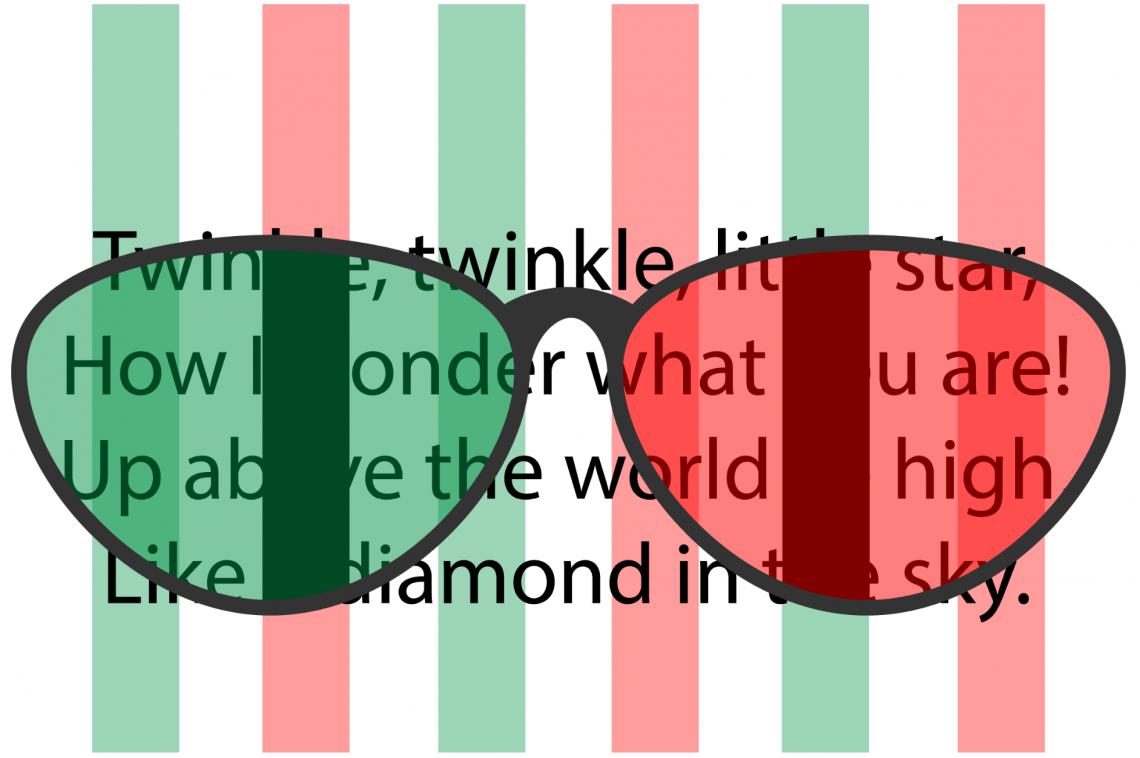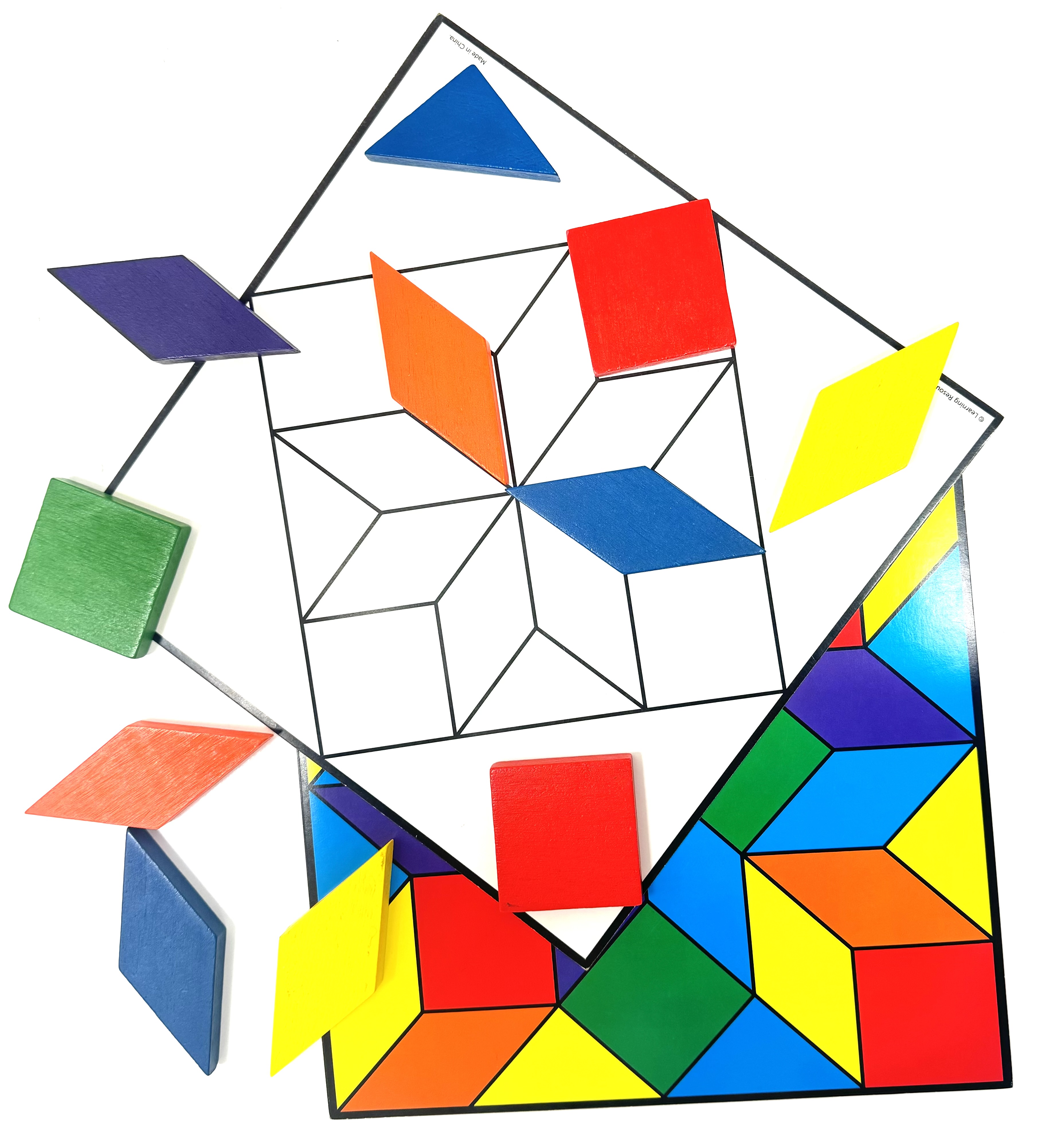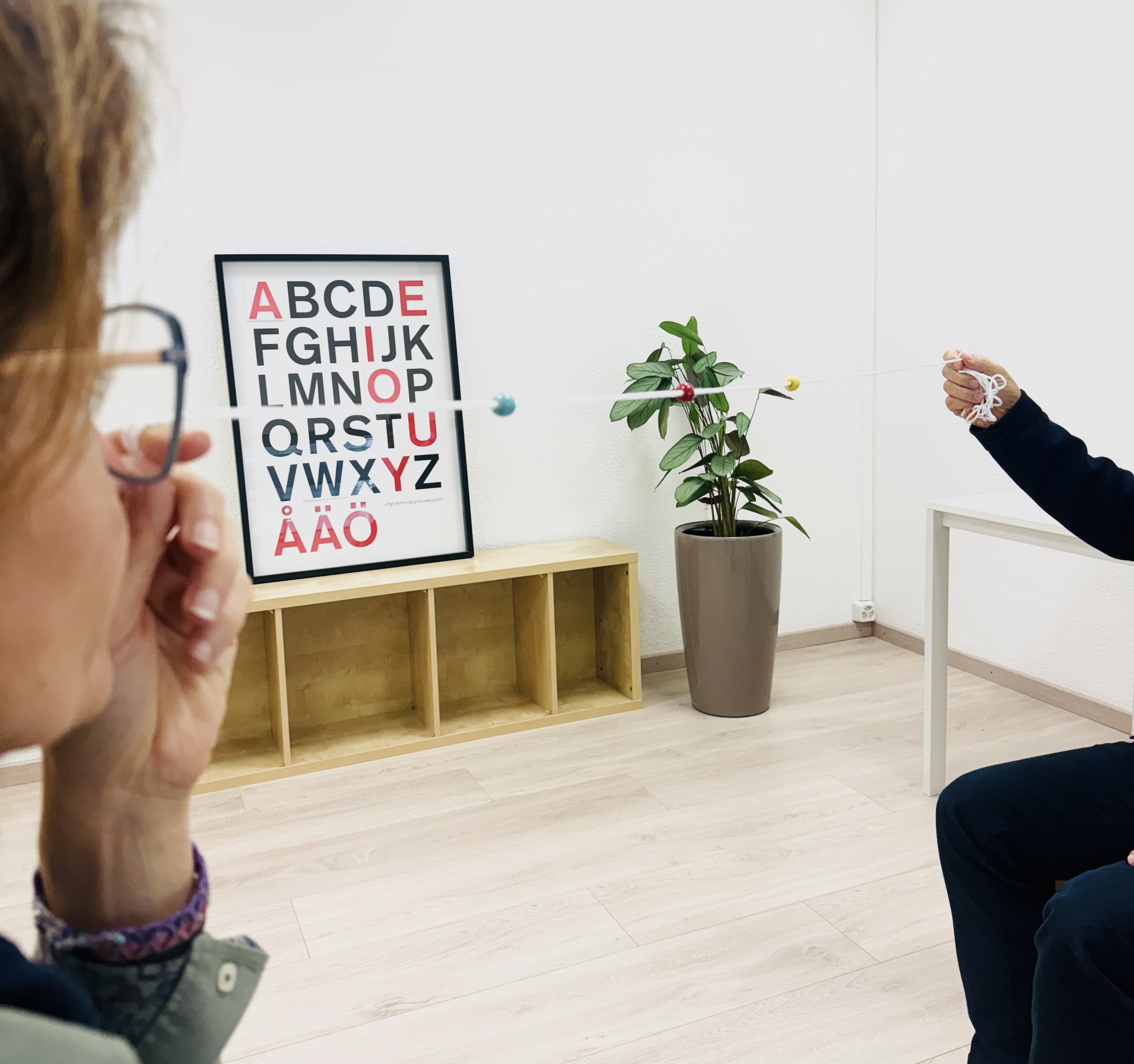Vision training for children and adults
Eugène Duvillard, an optometry researcher and vision training specialist, trained in the United States, where he acquired recognised expertise in visual and neuro-visual rehabilitation techniques. He has developed specific practices aimed at improving cognitive functions in children.
The profession of optometrist has been recognised in Switzerland as a health profession since the Health Act of 7 April 2006.
Eugène Duvillard, optometry researcher and vision training specialist, is a member of the American Academy of Optometry.
Vision and cognition: an innovative approach developed by Eugène Duvillard
Drawing on this experience, he has developed and refined specific practices aimed at improving cognitive functions in children, based on a comprehensive approach to neuro-visual development.
As Mr Duvillard explains, neuro-visual functions are partly innate and partly acquired.
Binocular vision functions play a fundamental role in postural balance, behaviour, academic learning, memory, attention, concentration and task-solving ability.
What signs should alert parents ?
From an early age, certain visual or cognitive disorders can disrupt a child's development. Subtle but significant signs may go unnoticed.
Some of the most common warning signs include:
• Reading difficulties: the child does not like to read, skips lines, confuses letters, reads slowly or with little fluency, does not understand what they are reading.
• Lack of concentration: attention span is short, the child quickly loses focus when faced with a visual or intellectual task.
• Eye strain: headaches, red or stinging eyes after reading or writing.
• Poor hand-eye coordination: clumsiness in games, manual activities or writing.
• Spatial orientation problems: difficulty finding their bearings in space, distinguishing right from left.
• Restless or avoidant behaviour: the child avoids activities that require prolonged visual effort, or is restless in class for no apparent reason.
• Poor or inconsistent academic performance despite normal intelligence and a good family environment.
These signs are not always related to a learning disorder, but may result from a dysfunction in functional visual abilities (such as binocular coordination, convergence, focusing, etc.).
Vision therapy: a practical, personalised solution
Vision therapy is a method of visual rehabilitation that helps children and adults improve the way their brains use vision. Through targeted exercises, it strengthens the visual abilities essential for reading, concentration, memory and spatial orientation. It thus helps restore a healthy cognitive balance, promoting academic success and the overall well-being of the child.
Here are some frequently used tools:

Red-green test
This test uses colour filters (glasses with red and green filters) to separate the right eye from the left eye and train the fusion of images perceived by each eye. It helps to develop binocular vision, which is essential for good depth perception and smooth reading.
Hand-eye coordination
Through games or motor tasks, these exercises strengthen the link between visual perception and action, which is useful for writing, drawing or sporting activities.
Brock's rope
This is a standard exercise for improving fixation, concentration, and ‘calibrating’ accommodation and convergence of the eyes. By following beads placed on a string stretched in front of their nose, children learn to coordinate their two eyes to see steadily and accurately.
Visual tracking



